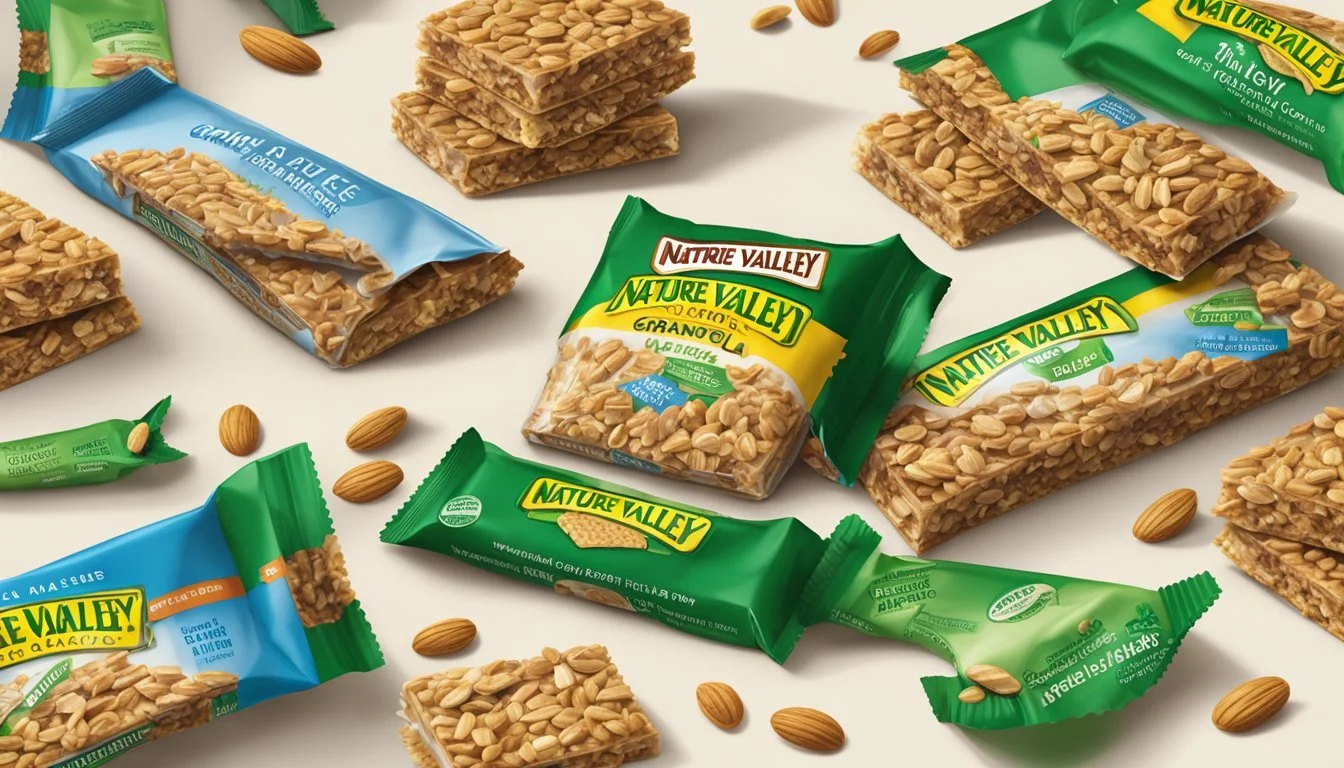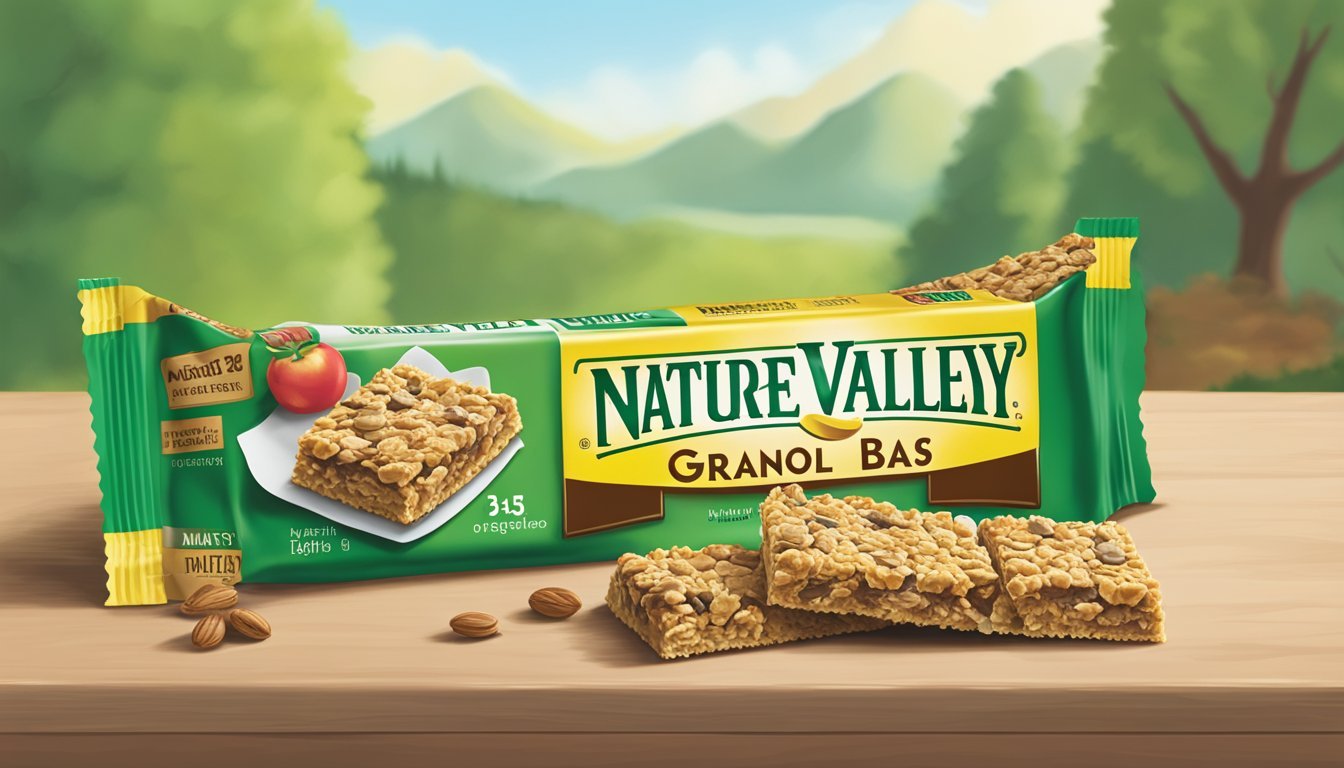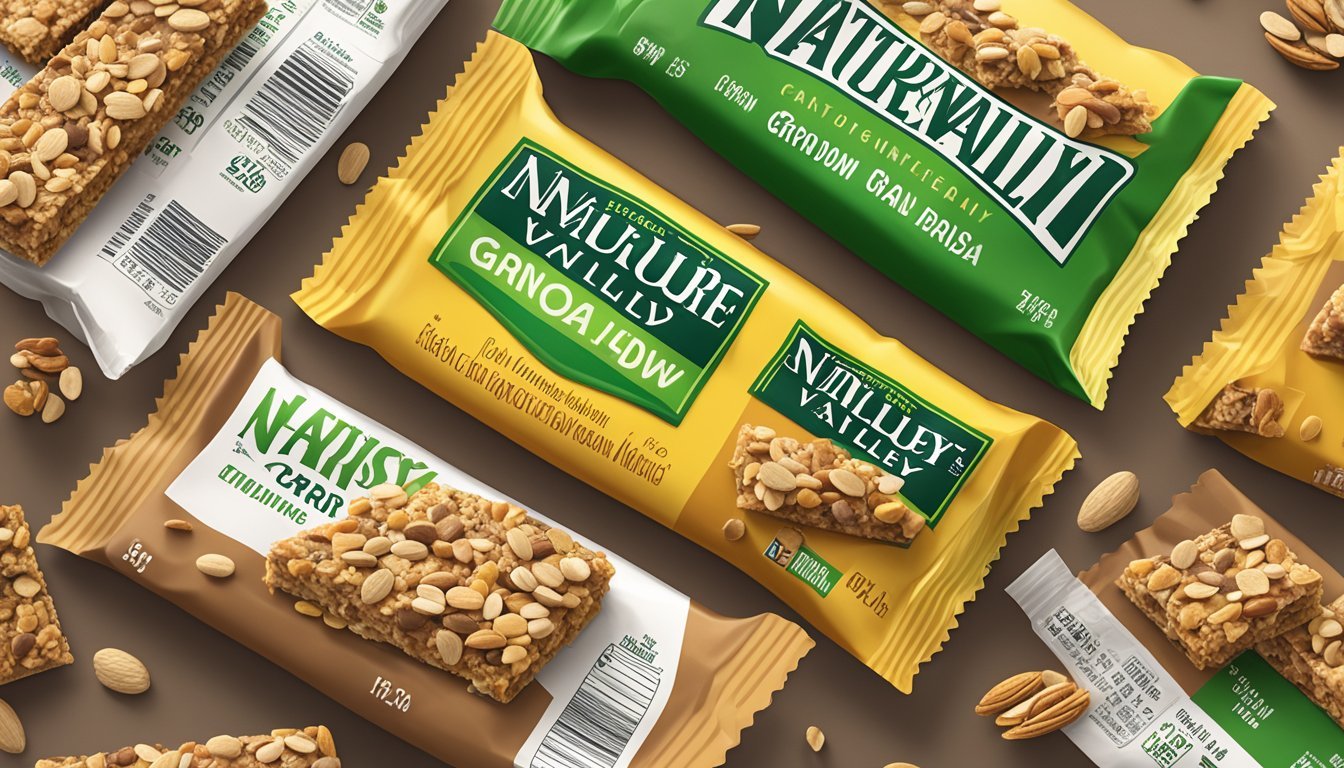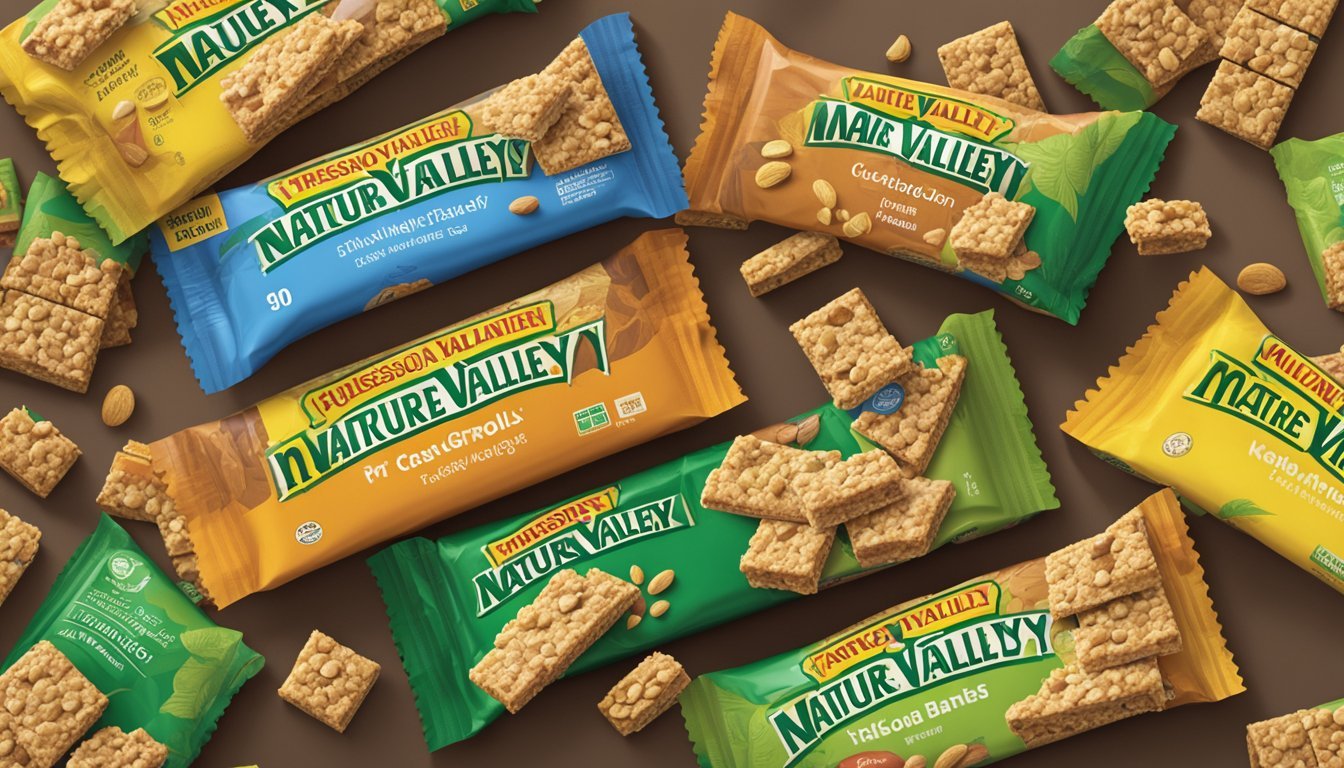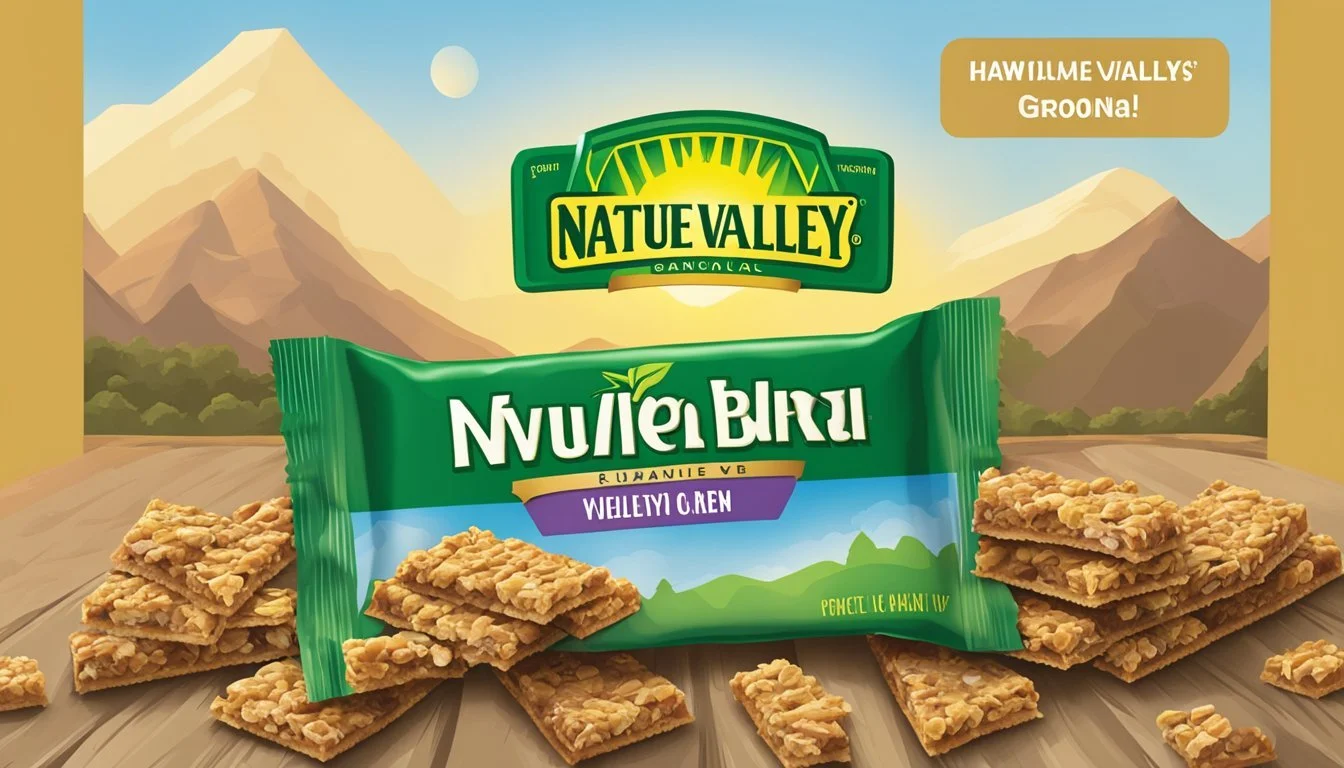How Many Nature Valley Granola Bars Per Day Is Too Much?
Understanding Healthy Limits
Determining the ideal consumption of Nature Valley granola bars requires understanding their nutritional content and how they fit into a balanced diet. Granola bars are often seen as a convenient and healthy snack, but the nutritional value can vary significantly between brands and even flavors. Nature Valley granola bars, for instance, contain sugars ranging from 6 to 12 grams per serving and provide a quick source of energy due to their carbohydrate content.
While Nature Valley bars do contain whole grains and offer certain nutritional benefits, it is essential to consider the overall diet and individual energy needs when deciding how many to consume. They should be eaten in moderation, particularly because of their sugar and calorie content. For someone with an average daily intake of 2,000 calories, the American Heart Association recommends limiting added sugars to no more than 100 calories (about 6 teaspoons) per day for women and 150 calories (about 9 teaspoons) per day for men.
Factors such as physical activity levels, metabolic rate, and personal health goals play a crucial role in determining the suitable quantity of granola bars one should eat. It is not just about the number of bars but also about how they complement other dietary choices throughout the day. An active individual may require more calories and can accommodate more granola bars, while someone with a sedentary lifestyle might need to be more conservative to avoid excess calorie intake.
Understanding Granola Bars
Granola bars offer a convenient snack option, packed with energy and nutrients. This section will explore what constitutes a granola bar, focusing on their key components and the wide range found in the market.
Role of Oats and Whole Grains
Oats are a fundamental ingredient in granola bars, often appearing as whole grain oats or rolled oats. They provide a source of complex carbohydrates, fiber, and protein, which are essential for sustained energy. Whole grains, in general, contribute to the nutritional profile, offering vitamins, minerals, and additional fiber.
Common Ingredients
Apart from oats, granola bars typically include a variety of ingredients such as nuts, seeds, rice flour, and dried fruits. Nuts and seeds add healthy fats, proteins, and an array of minerals. Dried fruits contribute natural sweetness and fibers. In some bars, ingredients like rice flour help in maintaining structure and texture.
Varieties of Granola Bars
The market offers an extensive range of granola bars, each with different combinations of ingredients. Some are focused on energy density with added sugars and fats, while others are tailored for dietary restrictions with specific ingredients like gluten-free or no high fructose corn syrup. The diversity caters to a myriad of dietary needs and preferences.
Nutritional Breakdown
Analyzing the nutritional content of Nature Valley granola bars helps in understanding how their consumption fits into daily dietary needs. The following subsections provide an overview of their macronutrient composition, vitamins and mineral content, as well as calorie density and serving sizes.
Macronutrient Content
Nature Valley granola bars typically contain a balance of carbohydrates, proteins, and fats. A standard Oats 'n Honey granola bar contains approximately:
Total Fat: 7g
Saturated Fat: 1g
Unsaturated Fat: Includes polyunsaturated and monounsaturated fats in smaller amounts
Cholesterol: 0mg
Sodium: 52mg
Total Carbohydrates: 26.7g
Dietary Fiber: 3.1g
Sugars: Includes both added sugars and naturally occurring sugars from ingredients such as honey
Protein: 5.4g
Vitamins and Minerals
The granola bars provide essential vitamins and minerals, although not in significant amounts compared to daily recommended values. Key micronutrients present include:
Calcium
Iron
Potassium
It is important to account for these micronutrients as part of a balanced diet.
Calorie Count and Serving Size
The serving size for Nature Valley Oats 'n Honey granola bars is 42 grams, which is typically packaged as two bars. Each serving contains:
Calories: 190 calories
Considering the calorie density, it's important to consume these bars in moderation, especially in relation to one's total daily calorie requirement and physical activity level.
Health Considerations
When assessing how many Nature Valley granola bars to consume daily, one should consider their sugar, fat, and fiber content. These factors contribute to the bars' overall nutritional profile and can impact diet and health.
Added Sugars and Sodium
Nature Valley granola bars can contain significant amounts of added sugars. Some varieties, such as the Crunchy Granola Bars, have between 10 to 12 grams of sugar per serving, which equates to approximately 2 to 3 teaspoons of sugar. Consuming too many added sugars may lead to health issues such as weight gain and blood sugar spikes. In terms of sodium, it's important to monitor intake as high amounts can contribute to hypertension; however, granola bars typically contain modest sodium levels.
Healthy Fats Versus Unhealthy Fats
Nature Valley bars often incorporate healthy fats, originating from nuts and seeds. These sources provide monounsaturated fats, beneficial for heart health. Nonetheless, it's crucial to consider the presence of saturated fats and avoid trans fats completely. While trans fats are largely absent from granola bars, saturated fats can be present and should be consumed in moderation to maintain a healthy diet.
Dietary Fiber and Satiety
The dietary fiber in Nature Valley granola bars primarily comes from whole-grain oats. Fiber is essential for digestive health and can enhance feelings of satiety, helping to prevent overeating. A typical Nature Valley bar may contain around 1-3 grams of fiber, contributing to a small portion of the recommended daily fiber intake. High fiber bars can be a healthier choice and aid in maintaining a balanced diet.
Nature Valley Specifics
Nature Valley bars are known for their convenience and whole grain content. The brand emphasizes natural ingredients and offers a range of flavors, including the popular Oats 'n Honey variant.
Characteristics of Nature Valley Bars
Nature Valley granola bars, particularly the Oats 'n Honey flavor, are crafted with whole grain oats and a hint of honey. They are marketed as a portable snack, free from artificial flavors, colors, or high fructose corn syrup. While touting whole grain content, it is important to note that these bars may not be the best source of dietary fiber when compared to other whole grain options.
Ingredients List: Generally includes whole grain oats, sugar, canola oil, rice flour, honey, and salt.
Whole Grain Content: Each serving contains 22g of whole grains, with a daily recommendation of at least 48g.
Reading the Nutrition Label
Nutrition labels on Nature Valley bars provide essential information on caloric content, macronutrients—such as carbohydrates, fats, and proteins—and micronutrients, including sodium and fiber.
Calories: A typical Oats 'n Honey bar has about 190 calories per serving.
Macronutrients: For example, one serving may have approximately 29g of carbohydrates, 12g of sugar, 2g of fiber, and a varying amount of protein depending on the specific product.
Comparison with Other Brands
When comparing Nature Valley bars with other brands like Kind Bar or Clif Bars, consumers should consider nutritional value, ingredient quality—like whether ingredients are organic—and presence on social media platforms such as Facebook and Twitter for community feedback.
Nutritional Content: Brands differ in their caloric density, sugar, and protein content.
Ingredient Quality: Some competitors may offer organic ingredients, which Nature Valley does not specifically claim.
Brand Presence: Nature Valley has a notable presence in stores like Whole Foods and adheres to USDA guidelines, similar to its competitors.
Recommended Consumption
In determining the appropriate amount of Nature Valley granola bars to consume daily, one must consider both the recommended dietary guidelines and individual nutritional needs.
Daily Recommended Intake
The intake of granola bars, such as those from Nature Valley, should align with the broader dietary recommendations of caloric and nutritional balance. A single Nature Valley Oats 'n Honey granola bar serving contains 190 calories. Individuals should be mindful that snacks typically should not exceed 5-10% of daily caloric intake. Given the average daily calorie needs range from 2,000 to 2,500 calories for most adults, one might consider one to two servings as part of a balanced snack routine. It is integral to balance the granola bars' caloric contribution with other sources of nutrition throughout the day.
Assessing Individual Needs
Each person’s caloric and nutritional requirements can vary widely based on factors such as age, sex, weight, metabolic rate, and physical activity levels. One should evaluate their overall dietary intake and adjust their consumption of granola bars according to their specific needs. For example, individuals engaging in high-intensity physical activities may require more calories and can accommodate more granola bars within their diet than someone with a sedentary lifestyle. The nutritional value of Nature Valley granola bars, offering carbohydrates and a small amount of fiber, should be integrated thoughtfully within one's nutritional regimen.
Lifestyle and Usage
Nature Valley granola bars offer a convenient healthy snack option catering to various lifestyles. Their portability and nutritional content play a crucial role in determining their appropriateness for consumption frequency.
Active Lifestyles and Portability
For individuals with active lifestyles, such as hikers or busy professionals needing an on-the-go snack, Nature Valley granola bars can be a suitable option. They are easy to transport, do not require refrigeration, and can fit into small spaces like pockets or backpacks, making them an ideal portable snack. However, considering their calorie and sugar content, moderation is key to prevent unintentional weight gain.
Active Individuals: Ideal for providing quick energy.
Portability Factor: High, due to non-messy, durable packaging.
Snacks versus Meal Replacements
Nature Valley granola bars should primarily be considered as snacks rather than meal replacements. While they may offer a tasty snack, it's important to note that these bars typically contain 190 calories, and about 2-2.5 teaspoons of sugar per package. Thus, they can contribute to satiety between meals but should not replace a balanced meal that would offer a broader range of nutrients.
Snack: Should be limited to one or two bars a day to complement a diet, not as a stand-in for meals.
Satiety: Provides a moderate level of fullness, helpful in controlling portion sizes.
Homemade Alternatives
For those concerned with the added sugars and calorie density of commercial granola bars, homemade granola bars can be a healthier option. Homemade bars allow individuals to control the amount and quality of ingredients, potentially creating a more balanced healthy snack option. They also can be tailored to individual tastes and dietary needs, reducing the risk of overconsumption and unnecessary weight gain.
Control: Reducing sugar, adding fiber, and selecting quality ingredients.
Healthy Option: Tailored to individual dietary requirements and preferences.
Consumer Insights
This section delves into the specifics around how consumers interact with Nature Valley granola bars in terms of their taste preferences, the brand's affordability and availability, and its social media presence.
Taste and Preferences
Consumers have shown a preference for the taste of Nature Valley granola bars, which come in both sweet and savory varieties. The texture is a defining characteristic, with the bars traditionally being known for their crunchiness. Recently, a shift has been observed with Nature Valley offering a line of savory flavors such as White Cheddar, Everything Bagel, and Smoky BBQ.
Affordability and Availability
Nature Valley bars are marketed as an affordable snack option, often found in the pantry of consumers looking for a convenient and economical choice. Availability is widespread, with the bars being sold in a range of stores from supermarkets to convenience shops, ensuring that consumers can consistently purchase them.
Social Media Presence
On platforms like Facebook and Twitter, Nature Valley showcases their products, engaging consumers with a mix of content. They leverage social media to highlight new flavors and to interact with their customer base. Their online presence is substantial, contributing to the brand's visibility and consumer conversations about their granola bars.

